The Hereford breed, as we know it today, originated during the mid 1700’s along the eastern slope of the Welsh mountains and the county of Herefordshire, England. The first Hereford breeder was Benjamin Tompkins, who in 1742 began a system of cattle breeding that exerted a great influence on the cattle in that part of the world. This is the first recorded history of selective breeding and planned mating for superior beef characteristics.
In 1860, F.W. Stone, Guelph, Ontario, imported the first Herefords to Canada. At the time the cattle imported by Mr. Stone were of the highest quality obtainable, and this explains, in part, why they and their descendants were able to play such a major role in the progress of the Hereford breed in Canada.
Up to this time, the vast majority of Hereford cattle were Horned. Approximately 40 years later, in the late 1890’s, a small group of breeders in the mid-western United States realized that it was both possible and practical to develop a Polled or natural genetically hornless strain of Herefords. In 1903, Polled Herefords were introduced to Canada.
Today, over the past 150 years have resulted in a reputation throughout the world for the superior genetics offered by Canadian Hereford cattle. This worldwide interest continues today with ever increasing exports to developing countries in Central Asia as well as South America.
